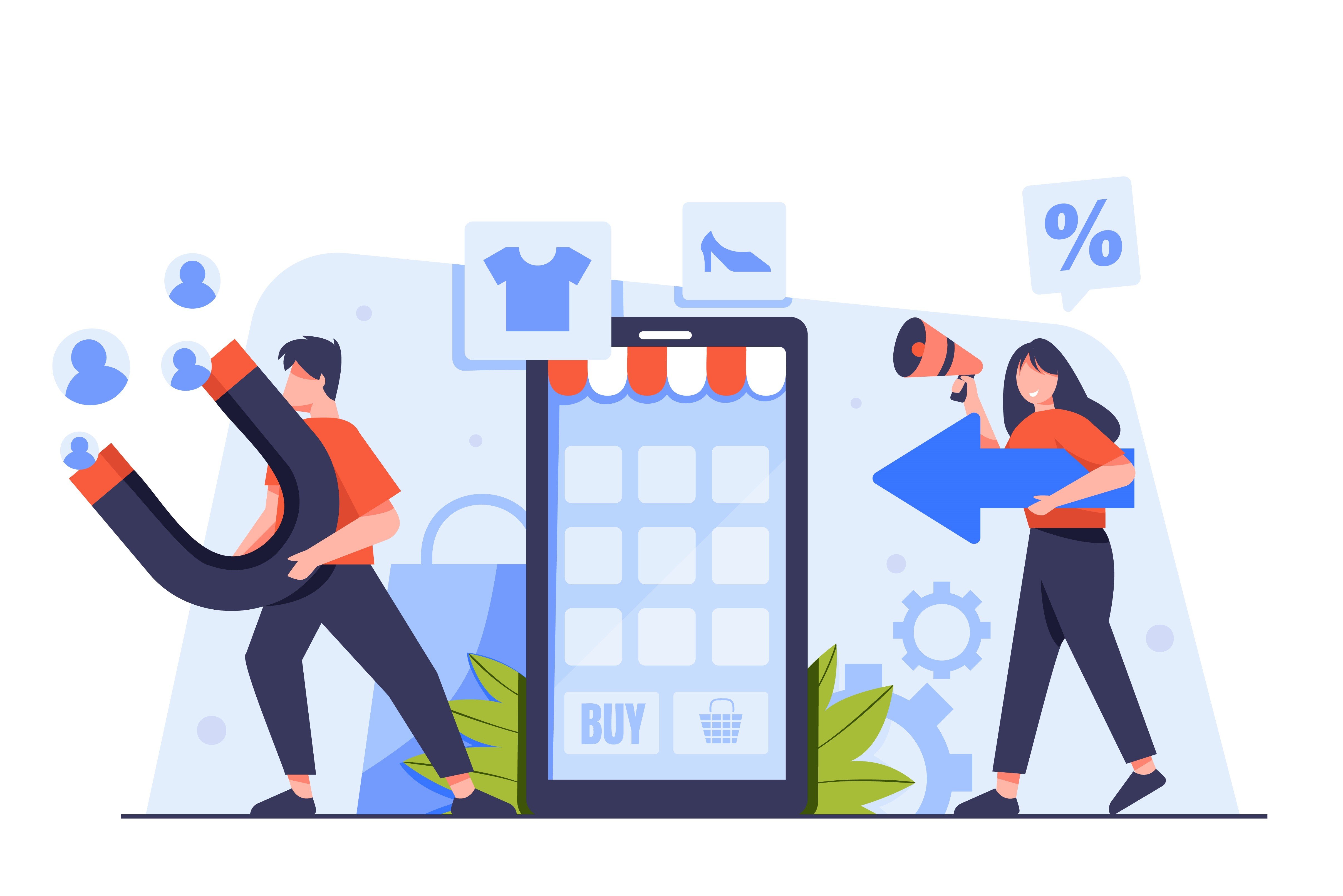Yet another advertisement technique is changing the way ads are bought and sold, and how brands are promoting their business: through retail media.
Recent studies have projected retail media to reach $41 billion this year, on par with other high growth segments like podcast advertising and OTT/CTV.
What are retail media networks (RMN)? They are essentially retailer-owned promotion services with purchasable ad space. It provides advertisers and brands access to digital assets and the retailer’s first-party data, meaning they can target and connect with the in-market customer of the retailer.Walmart and Amazon are the most notable retail media networks. When they started to monetize their first-party data, and started to see ad sales skyrocket, other larger retailers like Costco, Home Depot, and Best Buy followed suit. They understood the importance of their own traffic volume, and started to offer partner brands the ability to utilize its first-party data, to advertise both on-site and off the retailer's own digital properties. Major retailers are embracing their roles as ad platforms, ramping up ad sales teams and partnering with DSPs to fill in the gaps needed to further solidify themselves as significant players in digital advertising.
What are the Different Types of Retail Media Networks?
There are multiple selections of retail-specific media networks available today, the main ones being:
- Mass retailers (i.e., Target, Walmart)
- Digital Marketplaces (i.e., Amazon, eBay)
- Intermediators/Delivery providers (i.e., Instacart, Uber, GoPuff)
- Wholesalers (i.e, Costco, Lowe’s)
These different types of retailer-oriented media networks are unique in their own ways, but each has demonstrated value and found favor with brands as potential advertising avenues to explore.
What’s Pushing the Massive Adoption?
The massive media network adoption has been catapulted by three main factors:
Retail media networks offer guaranteed ad placements, negating the possibility of failed impression delivery. Furthermore, their reliance on first-party data represents a future-proof system that won’t struggle with third-party cookie deactivation or consumer privacy.
The Benefits of Advertising through RMN
Wrapping up:
Retail media is still relatively new and has a way to go, but its promising potential can be seen by all the parties involved. For retailers, retail media opens up a new stream of revenue. Retailers are less likely to increase prices as a result, knowing that lower prices will bring in more traffic, in turn delivering more ad impressions and revenue.
For advertisers, RMN represents a new channel to explore and tap into, and deliver unique, enjoyable ad experiences to valuable, in-market audiences.
Brands have a lot of work to do before they jump in. There are a plethora of networks to choose from, and a lot of factors to consider before investing any resources. The audience and how it aligns with your ideal customer, the advertising suite and key features the retailer offers, the quality of data, the depth of reporting, size of inventory, among other contributing factors, should all come into play when considering any media partner.
Cybba makes advertising on retail networks easy. Each one of our clients receives their own customized media plan with our recommended strategy. We take into account everything from budget requirements, target demographics, ideal customer, historical analytics and past successes, to formulate a media plan that is guaranteed to achieve your goals and objectives.
Book a meeting today to get started!


